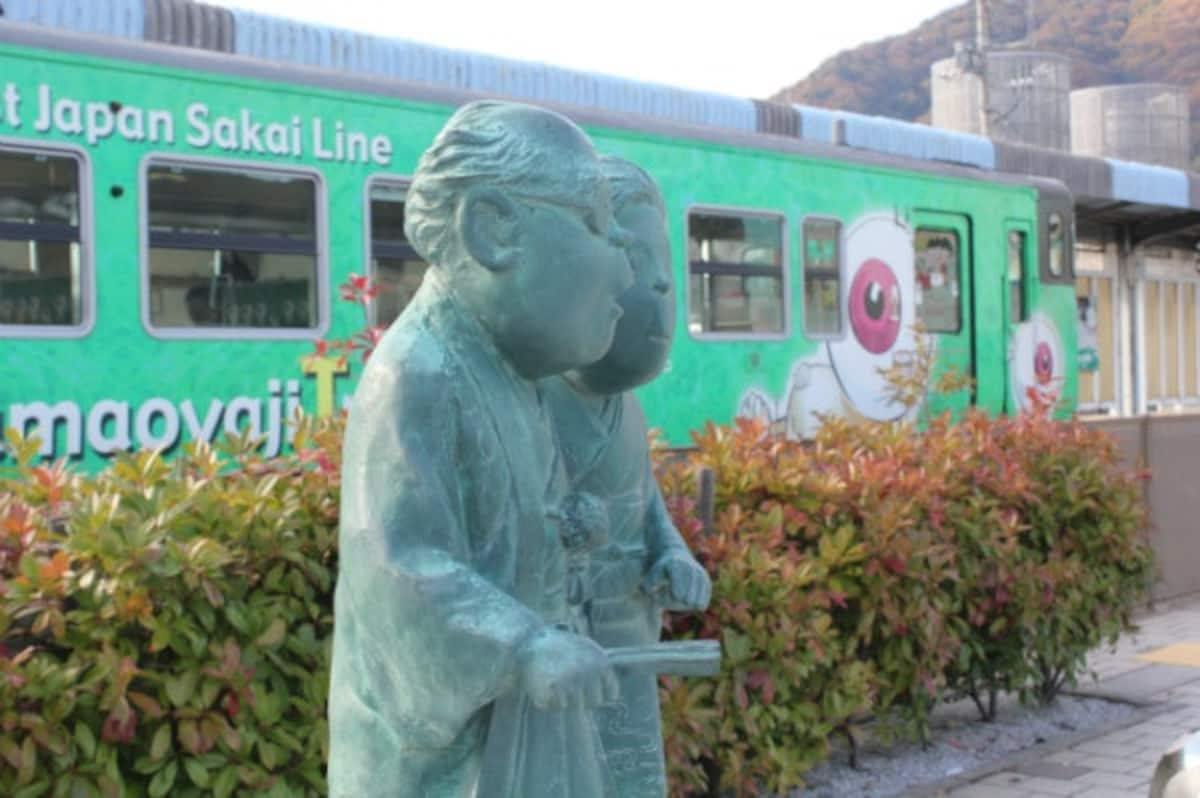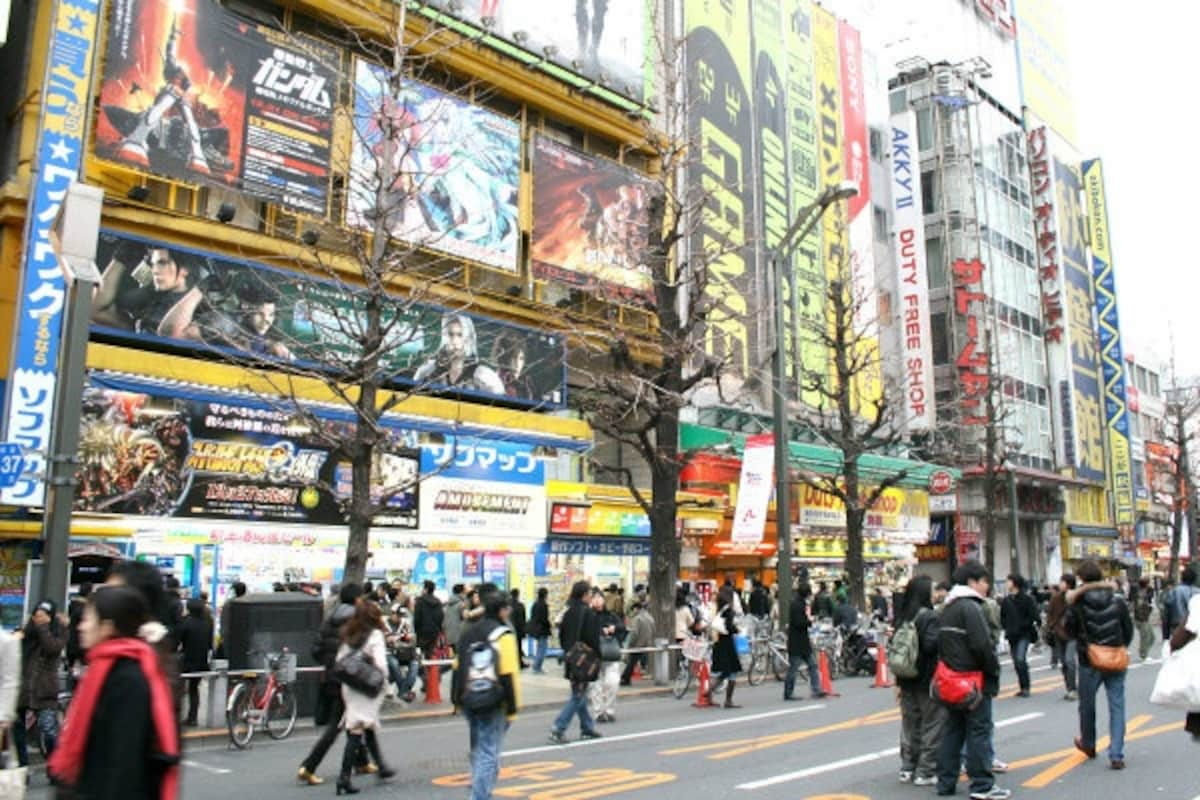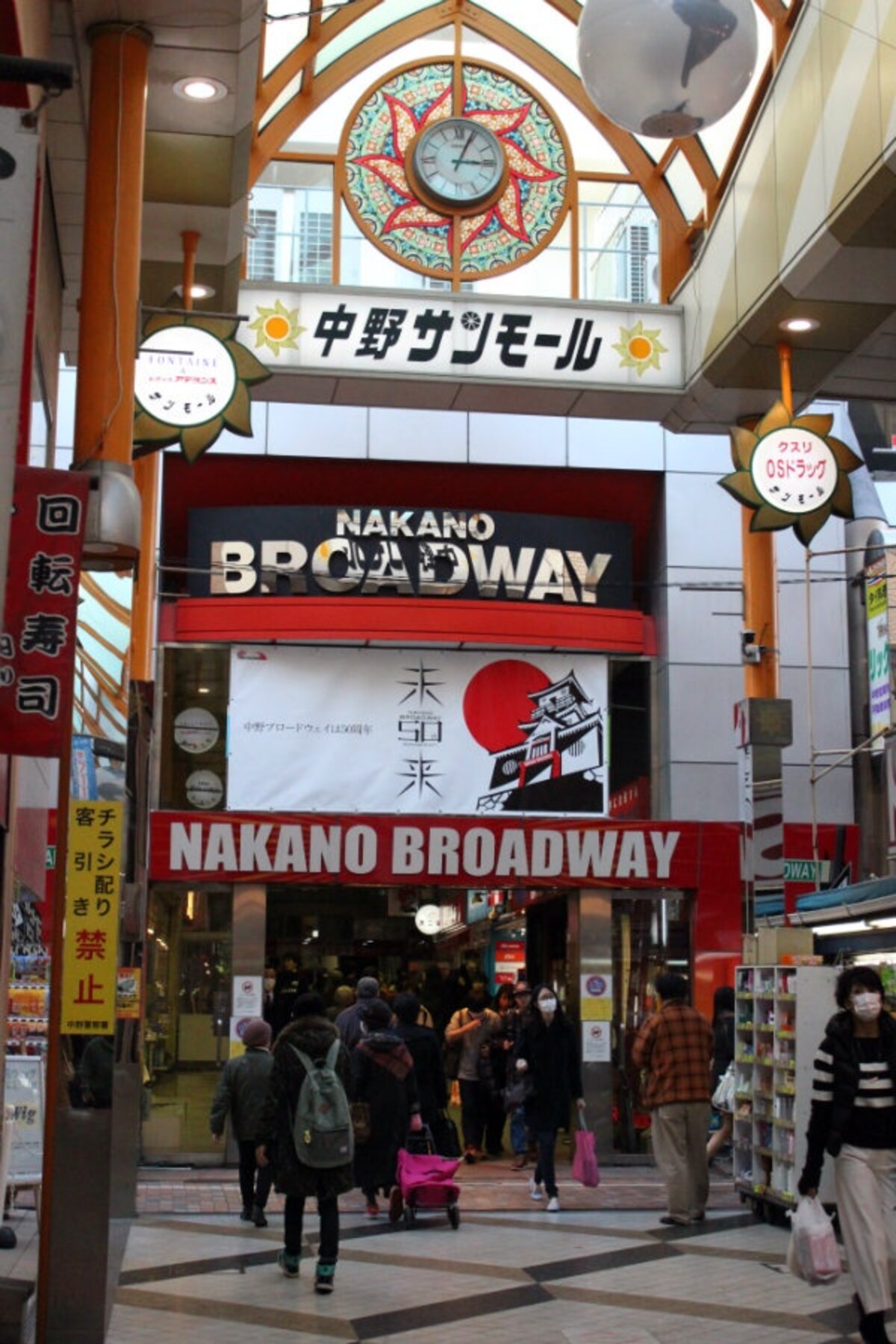Cradles of Subculture
Let's take a quick look at some trivia about various regions in Japan that are known as subculture hotbeds.
By Highlighting JapanTottori Prefecture: The Manga Kingdom
http://www.gov-online.go.jp/eng/publicity/book/hlj/html/201604/201604_09_en.html
Tottori Prefecture has Japan’s smallest population, and until 2014 was the only prefecture without a Starbucks.
In recent years, however, the prefecture has become known as “the manga kingdom,” and is attracting large numbers of tourists. One reason is that Tottori has produced so many prominent Japanese manga artists, including Gosho Aoyama, creator of Case Closed (Detective Conan), and Shigeru Mizuki, creator of GeGeGe no Kitaro. In recognition of these two, the prefecture’s two airports are known as Yonago Kitaro Airport and Tottori Sakyu Conan Airport.
http://www.gov-online.go.jp/eng/publicity/book/hlj/html/201604/201604_09_en.html
In Hokuei, the town where Gosho Aoyama was born and raised, you can find bronze statues and stone monuments of Conan along “Conan Dori” (Conan Street), as well as on “Conan Ohashi” (Conan Bridge). Even manhole covers bear the young detective’s likeness. At the Gosho Aoyama Manga Factory, visitors can find out more about Aoyama’s life and delve into the charms of his creation.

http://www.gov-online.go.jp/eng/publicity/book/hlj/html/201604/201604_09_en.html
In the city of Sakaiminato, the birthplace of Shigeru Mizuki, “Mizuki Shigeru Road” extends for approximately 800 meters from Sakaiminato Station to the Shigeru Mizuki Museum. Enshrined along the way are over 150 bronze statues of Mizuki’s yokai (ghosts and monsters). The city is filled with several interesting and fun spots with a yokai character theme, such as a yokai shrine and yokai mailboxes.
Pilgrimages to the Meccas of Anime

http://www.gov-online.go.jp/eng/publicity/book/hlj/html/201604/201604_09_en.html
While trips to visit locations that were the settings of anime stories have long been popular among anime fans in Japan, there has been a surge in foreign travelers as well. This type of trip is called a pilgrimage as it is analogous to religious pilgrimages. Fans look for the same places that appeared in the anime, take commemorative photos, and recall memories of their favorite scenes.
• Hakone in Kanagawa Prefecture is the location depicted as Tokyo-3 in Neon Genesis Evangelion. Famous tourist spots in Hakone also appear frequently, including Hakone Yumoto Station, Lake Ashi, Owakudani and Sengokuhara Kogen.
• The setting for Wolf Children is Toyama Prefecture. The isolated countryside where Hana chooses to raise her werewolf children was modeled after the mountain village of Kamiichi, the birthplace of the film’s director, Mamoru Hosoda. The picturesque mountain ranges where Hana’s grown-up son Ame runs freely were inspired by Mount Tate, the prefecture’s symbol.
• Pretty Guardian Sailor Moon is set in Tokyo’s Azabu-Juban district, an area to which its creator Naoko Takeuchi has close ties, and several locations that appear in Sailor Moon are modeled after Azabu-Juban.
• The setting for Whisper of the Heart is Seiseki-Sakuragaoka in Tama, Tokyo. Many street views of Seiseki-Sakuragaoka—including the train stations, parks and housing complexes—appear in the animated version just as they do in real life.
• Takanomiya Shrine, where the characters of Lucky Star reside, was modeled after the real Washinomiya Shrine in Kuki, Saitama Prefecture.
• The railroad crossing at Kamakura High School on the Enoden Line in Kanagawa Prefecture, which appears in the opening scenes of the basketball-centric Slam Dunk, is a popular spot to take photos.
Even after the movie or broadcast is over, such places remain deep in the hearts of fans, and even now are lively as pilgrimage spots, helping area shops related to the production thrive.
Where is Akiba No. 2?
Akihabara, often referred to as Akiba, features Electric Town, maid cafés and anime goods, and is known as Tokyo’s subculture mecca.
Nakano has become famous in Tokyo as the second Akihabara. “Nakano Broadway,” a building located at Nakano Station’s north exit, houses a game arcade as well as an assortment of shops selling not only figurines and anime goods but also electrical appliances, used books, cosmetics, sushi and ramen, creating a maze-like nexus of Japanese subculture from the first basement floor to the fourth floor.
Meanwhile, in western Japan’s largest city, Osaka, there is the Nipponbashi area, nicknamed the “Akihabara of Osaka.” The main thoroughfare is known as “Ota Road,” a contraction of “Otaku Road.” An annual event called the Nipponbashi Street Festa is held here, drawing a huge group of cosplayers from all across Japan.
Detective Conan/Case Closed Photos: © Gosho Aoyama/Shogakukan





